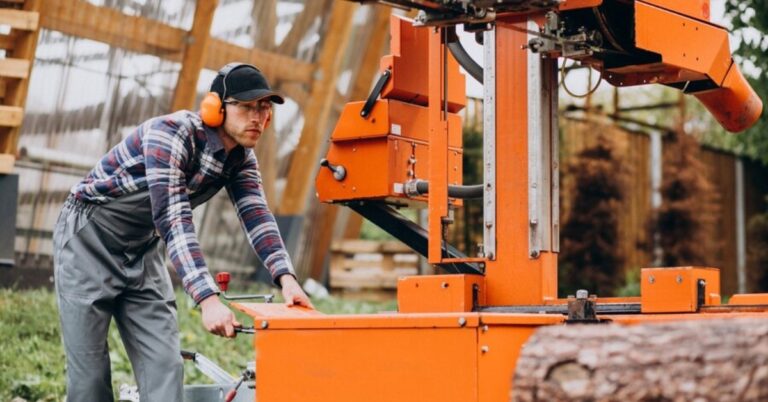In the realm of wood processing, efficiency is key. Whether you’re in the lumber industry, paper production, or crafting fine furniture, the quality and speed of your output are paramount. One essential tool in achieving this efficiency is the debarker. In this comprehensive guide, we’ll delve into the world of debarkers, exploring their function, types, benefits, and best practices.
Understanding Debarkers
Definition of Debarkers
A debarker is a machine designed to remove the bark from logs or wooden poles efficiently. By stripping away the bark, debarkers prepare the wood for further processing, such as sawing, milling, or pulping.
How Debarkers Work
Debarkers employ various mechanisms to achieve bark removal. Some utilize sharp blades or knives to scrape the bark off the surface of the wood, while others use abrasive surfaces or high-pressure water jets. The choice of mechanism depends on factors such as the type of wood being processed, the desired output quality, and the level of automation required.
Types of Debarkers
Drum Debarkers
Drum debarkers consist of a rotating drum with protruding teeth or blades. As the drum rotates, the logs or poles are fed into it, and the teeth or blades strip away the bark. Drum debarkers are suitable for processing large volumes of relatively uniform logs.
Ring Debarkers
Ring debarkers feature a stationary ring with blades or knives mounted on its inner surface. The logs or poles are passed through the ring, and the blades remove the bark as they make contact with the wood. Ring debarkers are preferred for processing smaller diameter logs and poles.
Rosserhead Debarkers
Rosserhead debarkers utilize a rotating head with multiple arms or knives that peel the bark off the wood. The rotating motion of the head ensures thorough bark removal, making Rosserhead debarkers ideal for processing hardwoods and tough barks.
Flail Debarkers
Flail debarkers employ chains or flails to beat the bark off the wood. The logs or poles are fed into the machine, and the flails strike the surface, dislodging the bark. Flail debarker are suitable for processing both softwoods and hardwoods.
Benefits of Using Debarkers
Improved Efficiency
By automating the bark removal process, debarker significantly increase the efficiency of wood processing operations. They can handle large volumes of logs or poles in a fraction of the time it would take to debark them manually.
Enhanced Product Quality
Debarker ensure that the wood surface is clean and free from bark, knots, and other imperfections. This results in higher-quality lumber, paper, or furniture, which commands better prices in the market.
Reduced Waste
By removing the bark before further processing, debarker minimize waste and maximize yield. This is especially important in industries where raw material costs are high, such as paper production or furniture manufacturing.
Best Practices for Using Debarkers
Regular Maintenance
To ensure optimal performance, debarker require regular maintenance, including sharpening blades, lubricating moving parts, and inspecting for wear and tear. Neglecting maintenance can lead to decreased efficiency and increased downtime.
Operator Training
Proper training is essential for operators to safely and effectively use debarker. They should be familiar with the machine’s operation, safety procedures, and troubleshooting techniques to prevent accidents and maximize productivity.
Monitoring and Optimization
Monitoring the performance of debarker is crucial for identifying any issues or inefficiencies. Operators should regularly monitor parameters such as feed rate, bark removal efficiency, and energy consumption and make adjustments as needed to optimize performance.
Future Trends in Debarker Technology
Automation and Robotics
The future of debarker lies in increased automation and robotics. Advancements in artificial intelligence and machine learning are enabling debarker to automatically adjust settings based on wood type, size, and quality, further enhancing efficiency and productivity.
Integration with Industry 4.0
Debarker are increasingly being integrated into Industry 4.0 ecosystems, where they communicate with other machines and systems to optimize the entire wood processing workflow. This integration allows for real-time data analysis, predictive maintenance, and seamless production scheduling.
Conclusion
Debarker play a crucial role in modern wood processing operations, offering increased efficiency, improved product quality, and reduced waste. By understanding the different types of debarker, their benefits, and best practices for their use, wood processing companies can optimize their operations and stay competitive in today’s market. As technology continues to advance, the future of debarker looks promising, with increased automation, integration, and efficiency on the horizon.

